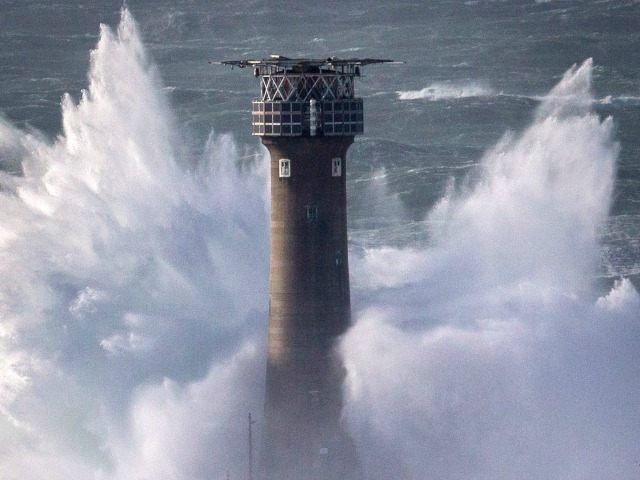Increased “extreme weather events” caused by man-made global warming are an alarmist myth, a study shows.
In fact, contradicting claims by the Royal Society, the National Academy of Sciences and the Intergovernmental Panel on Climate Change, there was more “extreme weather” in the first half of the 20th Century than the second half.
Hence the title chosen by the paper’s author Cambridge Professor of Engineering Mike Kelly : Trends In Extreme Weather Events Since 1900 – An Enduring Conundrum For Wise Policy Advice.
Here is the abstract:
It is widely promulgated and believed that human-caused global warming comes with increases in both the intensity and frequency of extreme weather events. A survey of official weather sites and the scientific literature provides strong evidence that the first half of the 20th century had more extreme weather than the second half, when anthropogenic global warming is claimed to have been mainly responsible for observed climate change. The disconnect between real-world historical data on the 100 years’ time scale and the current predictions provides a real conundrum when any engineer tries to make a professional assessment of the real future value of any infrastructure project which aims to mitigate or adapt to climate change. What is the appropriate basis on which to make judgements when theory and data are in such disagreement?
The ‘Conundrum’ – as Kelly politely and restrainedly puts it – is very simply this. All the “experts” have been telling us that extreme weather has been increasing as a result of global warming caused by man-made carbon emissions. But all the historical data shows otherwise.
As Kelly demonstrates, there were more extreme changes of warming and cooling in the late 19th and early 20th century, more extreme precipitation, deadlier hurricanes, worse tornadoes, and more damaging floods than there were in the second half of the Twentieth century. Also, he notes, there were many more extreme weather related deaths in the first half of the Twentieth century than the second half.
Kelly drily concludes that from an engineering point of view (his particular field of expertise), making exaggerated and misleading claims about increasing climate disaster makes no economic sense.
Over-adaptation that is not needed leaves clients free to sue advisors if the problems have been oversold and the costs of protection prove to have been excessive, even on a 20-year basis.
Unsurprisingly, Kelly reports that he had great difficulty getting his study published in any of the mainstream scientific journals, none of which welcomed this rejection of the fashionable “extreme weather” orthodoxy.
He writes:
The story of getting it published is worth a paper on its own – I tried the usual suspects but they were not interested in anything challenging. In one journal they tried 12 regional editors, none of whom would touch it, and I was told that I had to find an editor to take it any further. The would not reject it, nor would they process it – it is in limbo. In another it languished without comment for 3 months, so I resubmitted and another three months later nothing had happened to either submission! I gave up and went to an on-line journal.
But then, Kelly is not popular with the alarmist establishment. Last year, he spoke out against the debasement of the Royal Society (of which he is a Fellow, one of 43 dissenters who wrote to complain about its stance on “global warming”), under left-wing, climate activist presidents like Paul Nurse.
Those who fail to provide balance are not giving advice, but lobbying. It is with the deepest regret that I must now state that this is the role which has been adopted by the Royal Society. And when scientists abandon neutral inquiry for lobbying, they jeopardise their purpose and integrity.

COMMENTS
Please let us know if you're having issues with commenting.